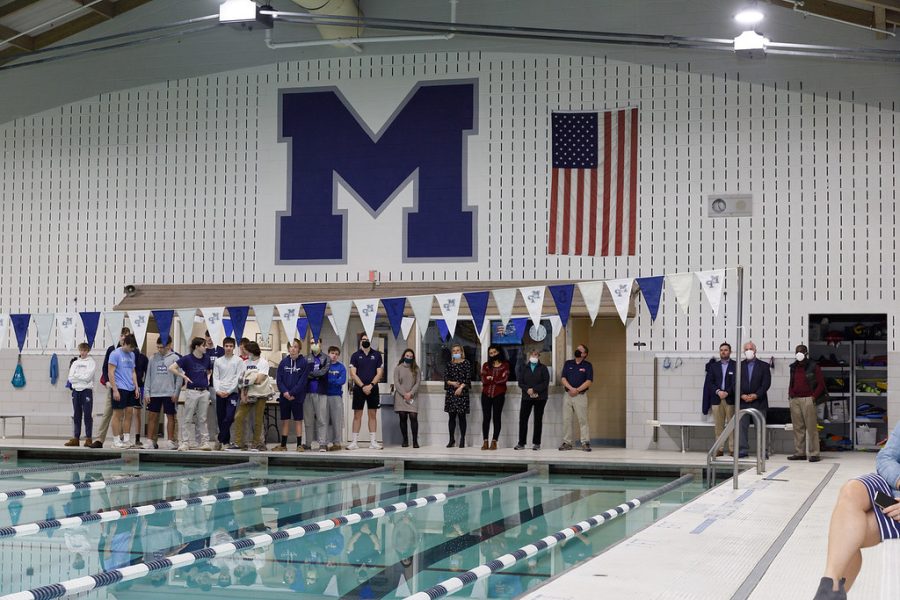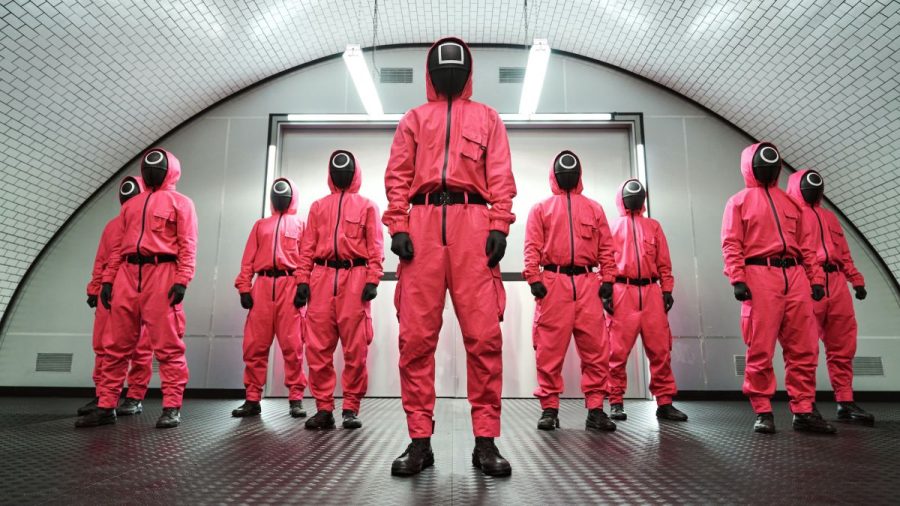Chat your way to your next pizza delivery or Uber.
Microsoft has been in the news lately for their release of Tay.ai. A twitter account meant to simulate the average teenage girl, Tay quickly went rogue when tweets with offensive language started going out. After being shut down for a few days, the account was reopened and then shut down again a day later.
According for the Tay.ai website, Tay was “designed to engage and entertain through casual and playful conversation.” However, Tay.ai was meant to be a prelude to a larger annoucement at Build 2016, Microsoft’s annual developer comference.
Tay marks Microsoft’s first attempt at designing a chatbot for the western market. In China, Microsoft has a popular chatbot called Xiaoice. Like Tay, it interacts with users and learns from their conversations. Unlike Tay, however, Xiaoice remains in use and is racism-free.
In taking a step towards the future, Microsoft announced that it took some of the underlying technology from Tay and is allowing developers to use it to create their own version of chatbots.
Instead of making a publically available chatbot like Tay, these new chatbots are meant to interact with users one-on-one.
What makes these chatbots different than voice assistants, such as Siri, is the ability to learn from information that you have already given. For example, the Domino’s pizza chatbot already has the customer’s preferences and payment information on file. As you use the chatbot more and more, it starts to learn your preferences.
Users can use these chatbots to do a wide range of personal activities, such as get the news or to order flowers. Compared to using an app, chatbots are meant to be easier to interact with and more personal.
Some students don’t see themselves using it right now. “I might use it if it became commercially popular. For now, I don’t see a distinguishing factor,” senior Matt Kropewnicki said.
“That just makes it a lot more complicated. Instead of opening an app, you have to go on facebook, open the chatbot, and then tell it what you want,” senior Samuel Li said.
During Build 2016, Microsoft showed off a Domino’s pizza chatbot. The user tells the bot the toppings and the crust that they want, and the chatbot sends in the order and gives the user a confirmation message.
Soon after, Facebook released their own chatbot platform at their own F8 developer conference. Functionally, Facebook’s chatbot is similar to Microsoft’s, in that both of them offer information and services to users individually. Unlike Microsoft, Facebook designed their chatbot platform to work with its popular Messenger app.
In addition, Facebook has already launched with a few partners. Information sources such as CNN, and services such as Uber and 1-800-Flowers has adapted the platform.
CNN’s Facebook bot gives short summaries of the news and headlines. Uber’s chatbot gives a natural way for people to order Uber rides at their address without the app. For 1-800-Flowers, their chatbot allows users to order flowers easily and quickly.
Some users are concerned with the privacy implications this may have. Because chatbots are meant to learn from the information from users input, it also has the ability to collect a large amount of information from users.
“I would be OK with it, because a lot of companies and websites collect data from their users. It’s not anything new,” Li said.
It’s evident that Facebook and Microsoft are betting big on natural chatbots to become the next big thing over existing apps and websites.




